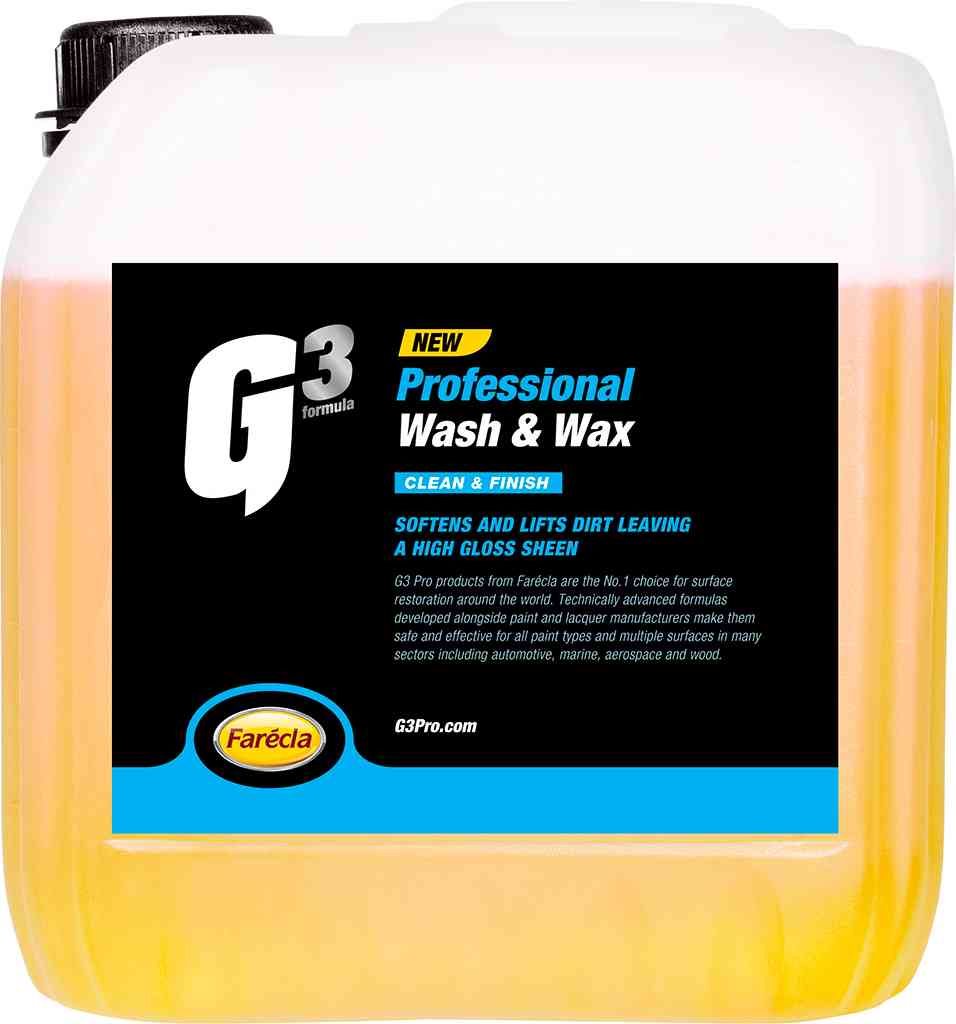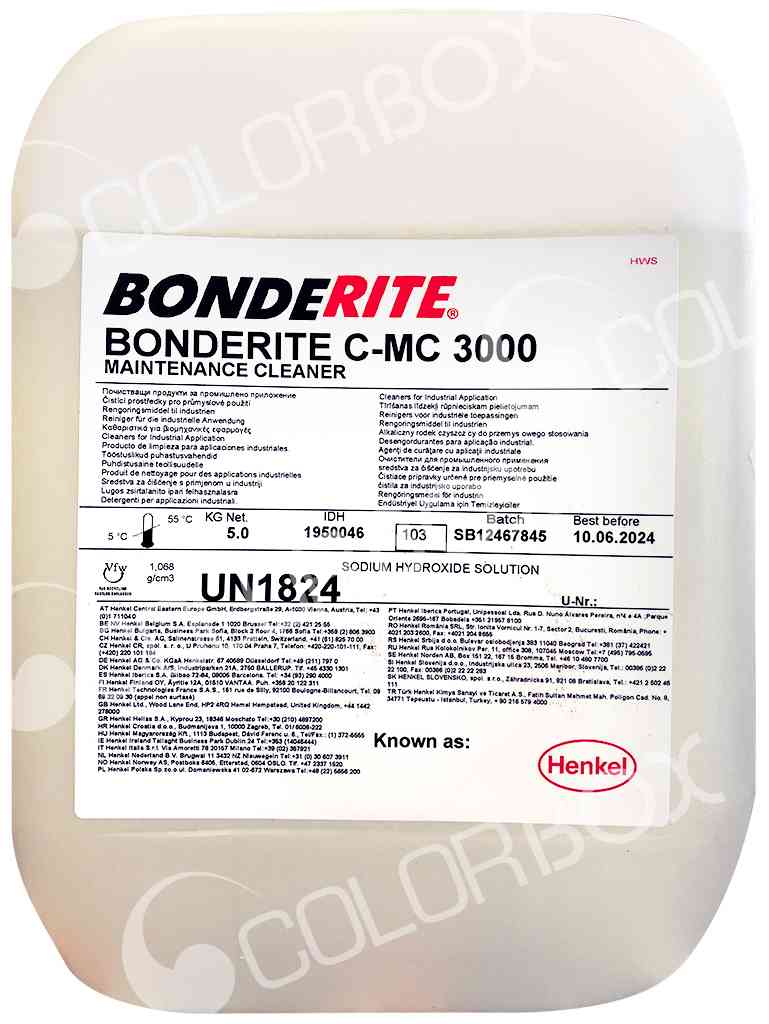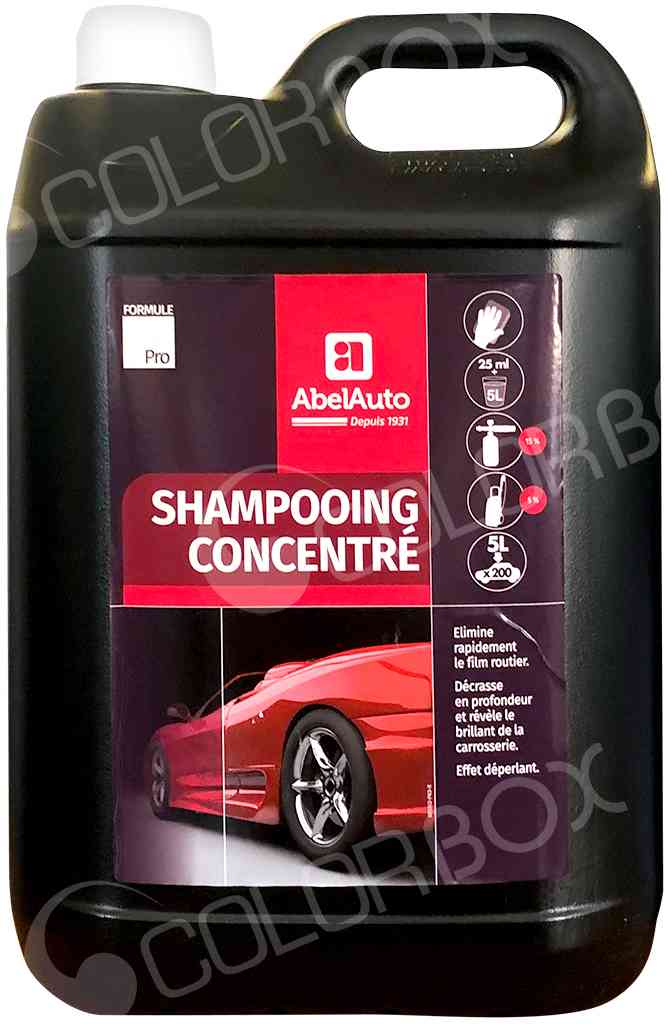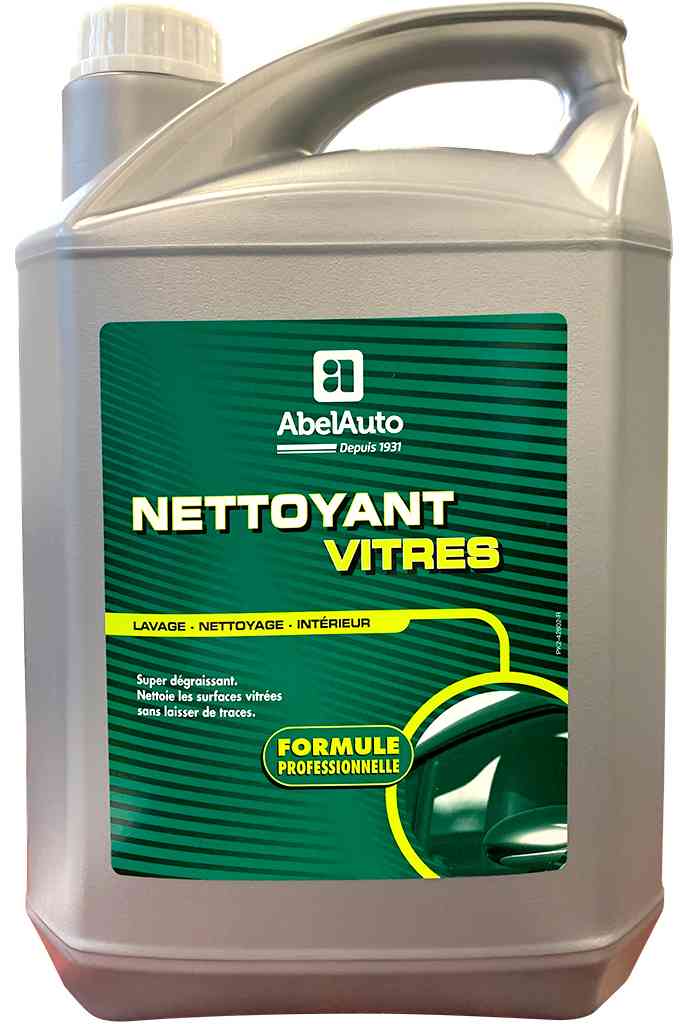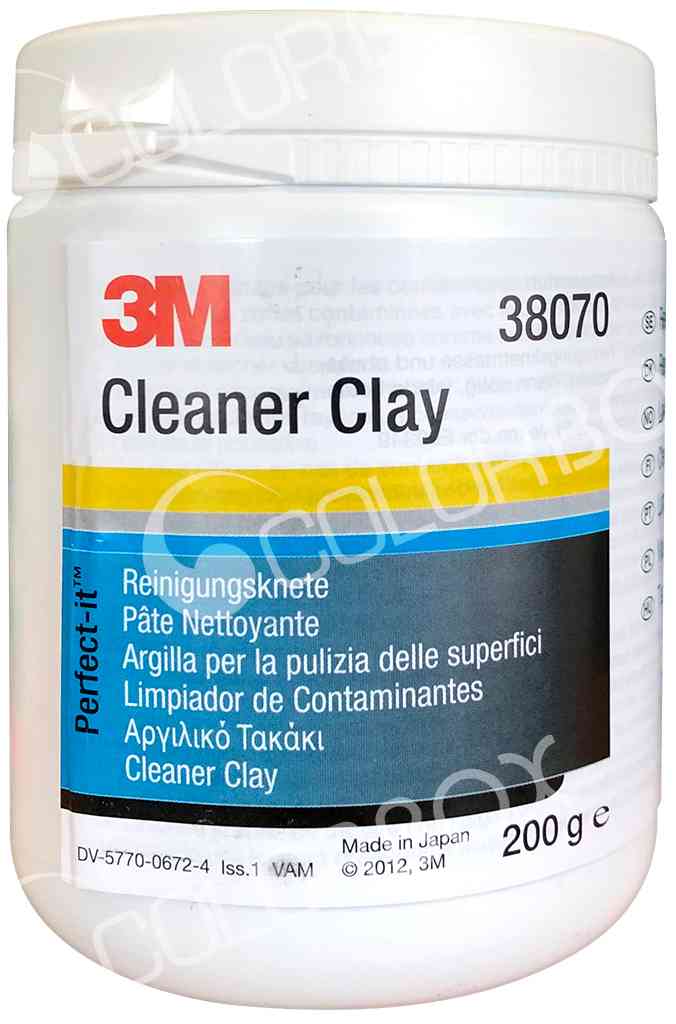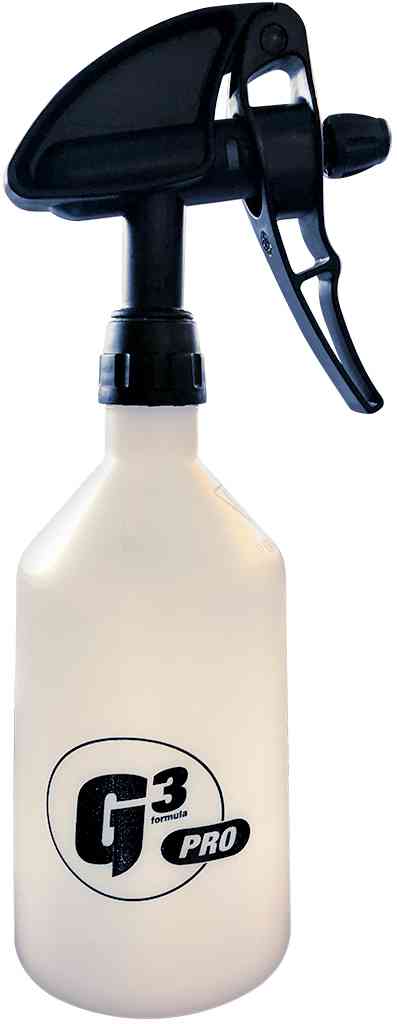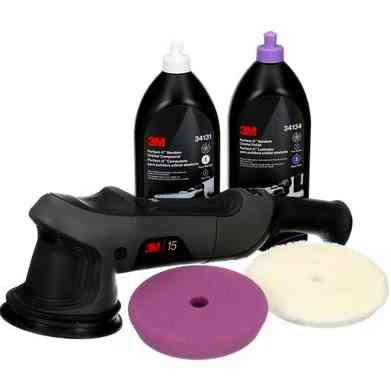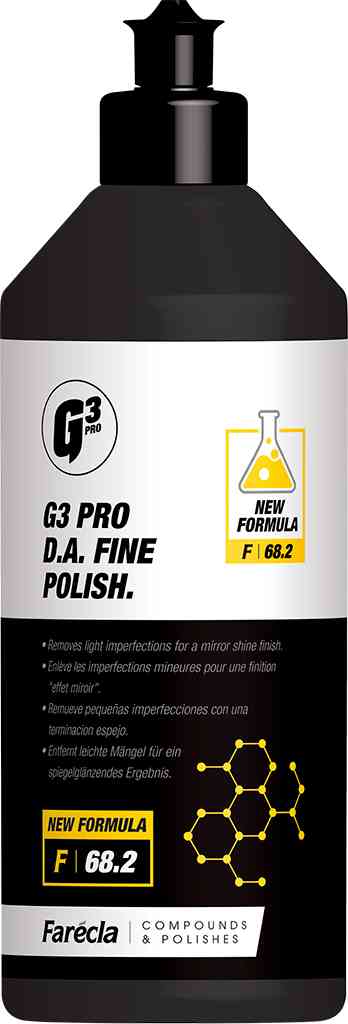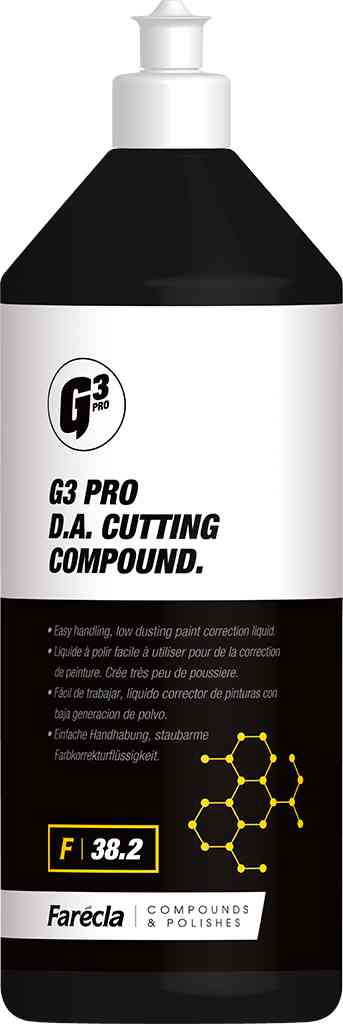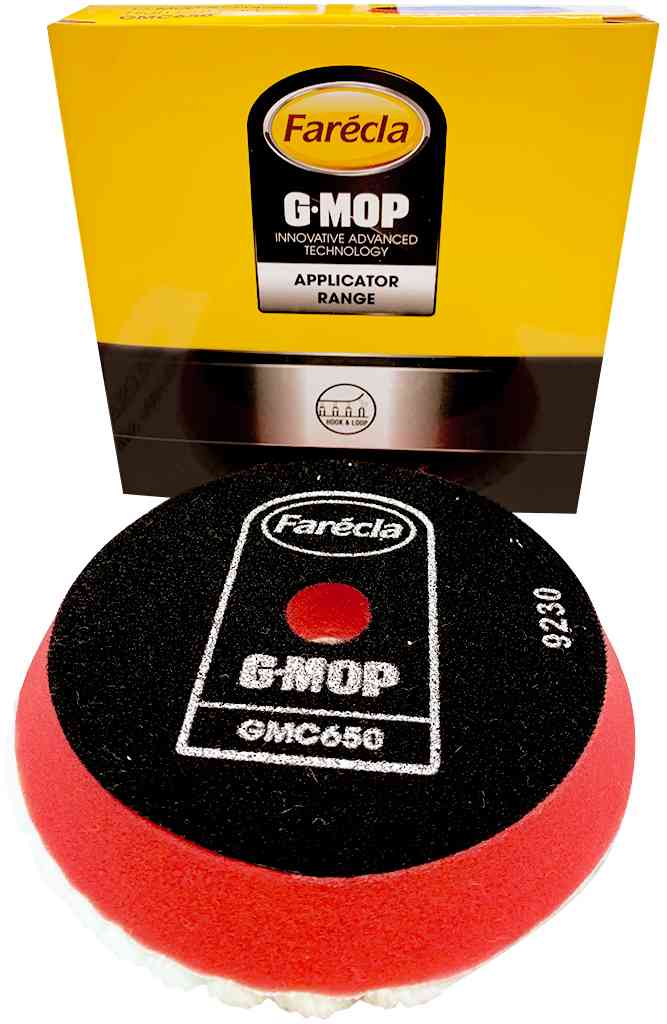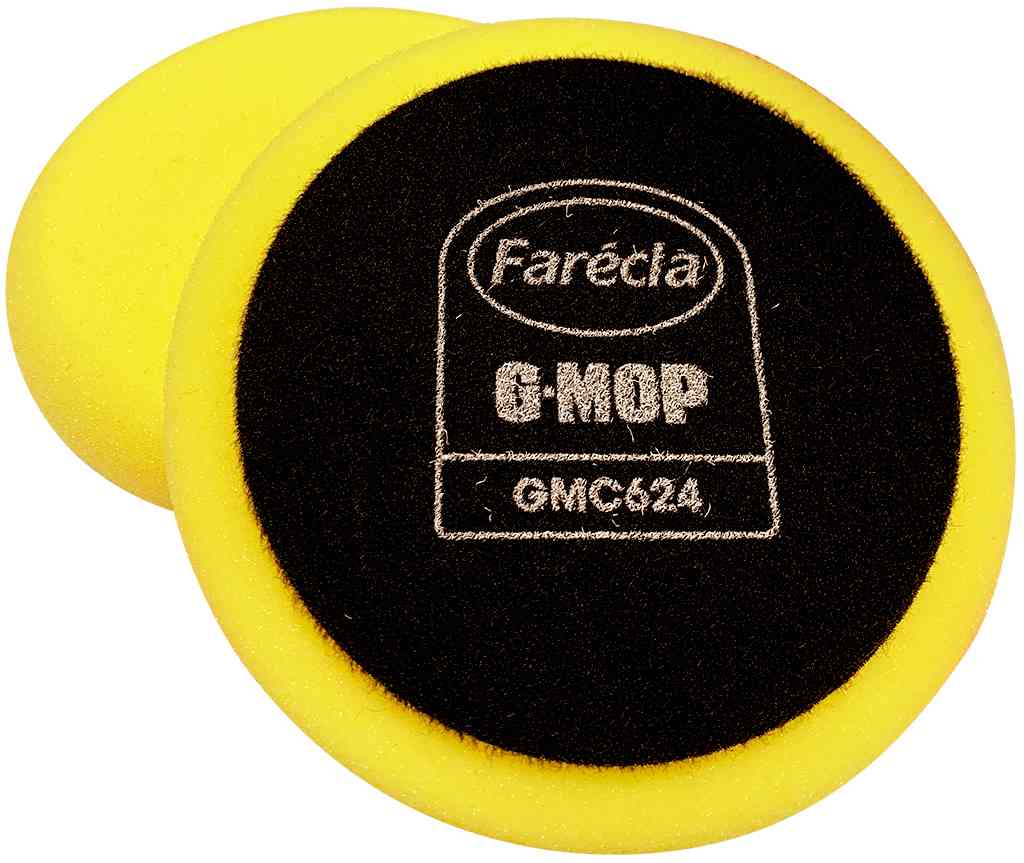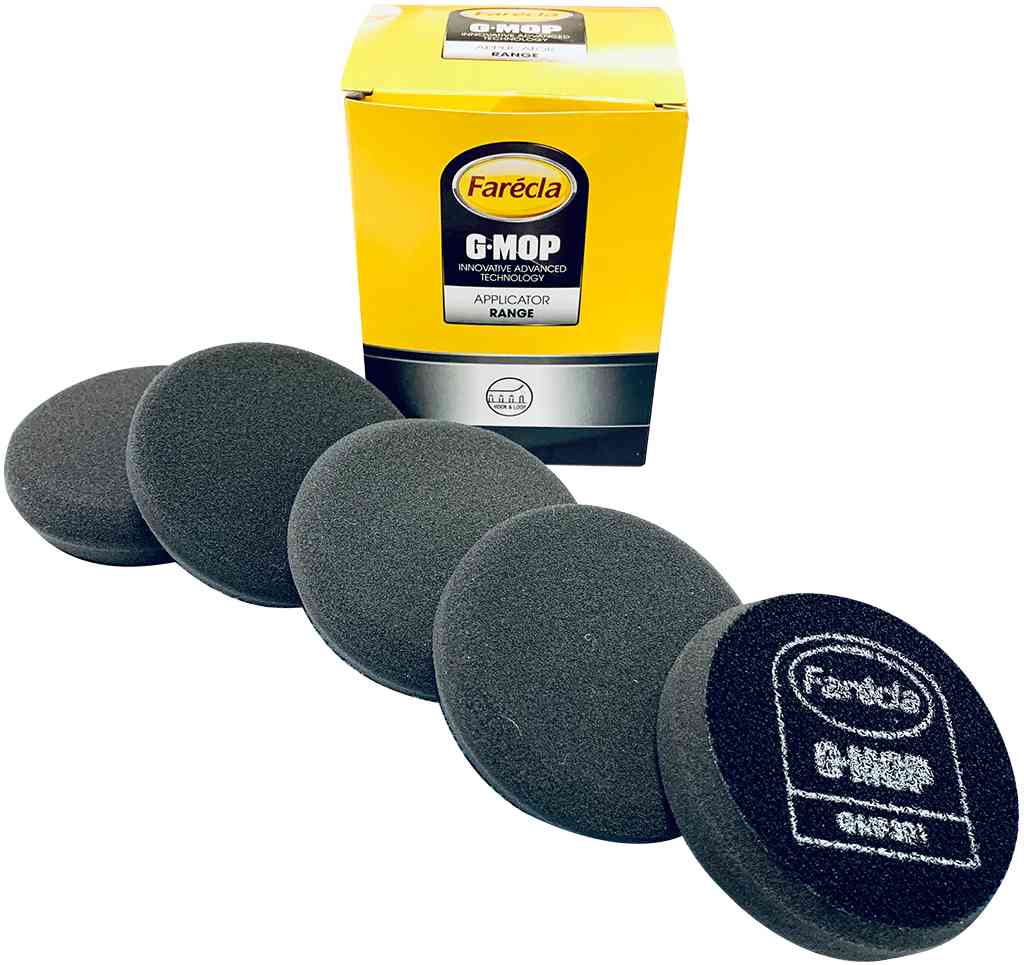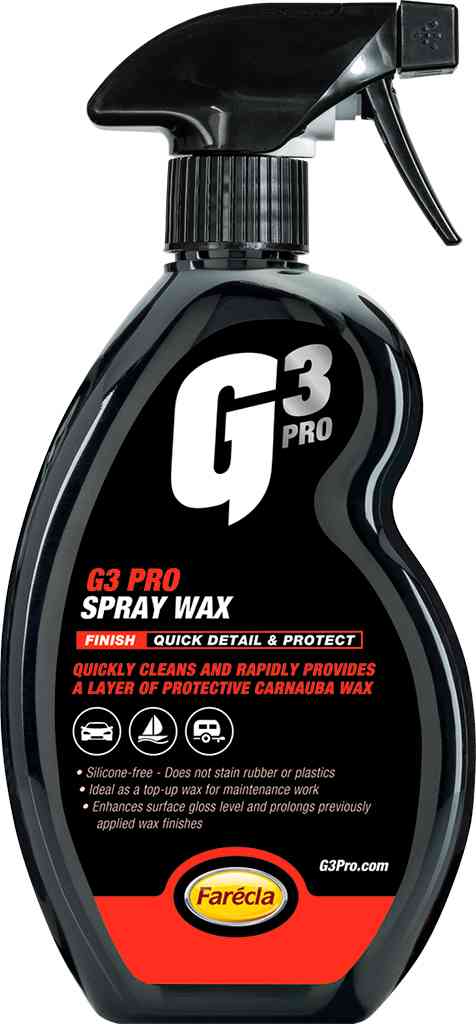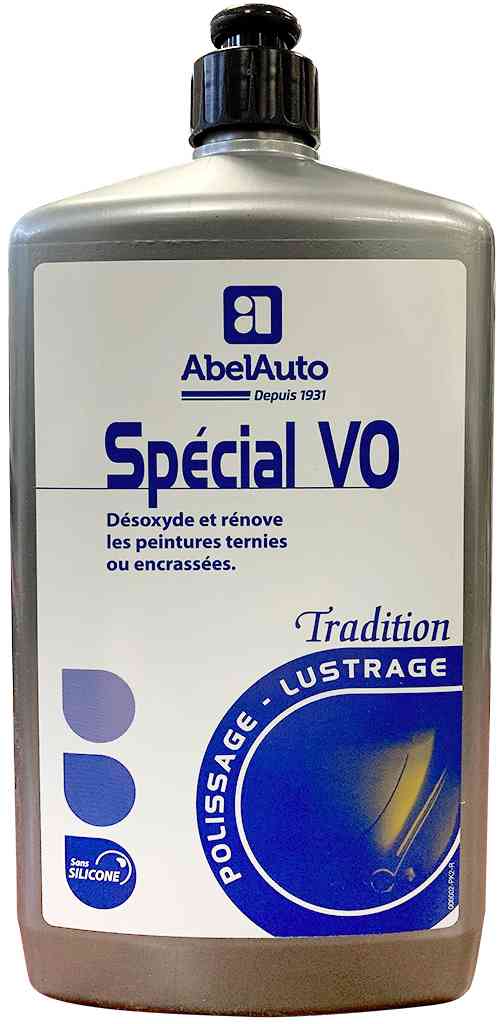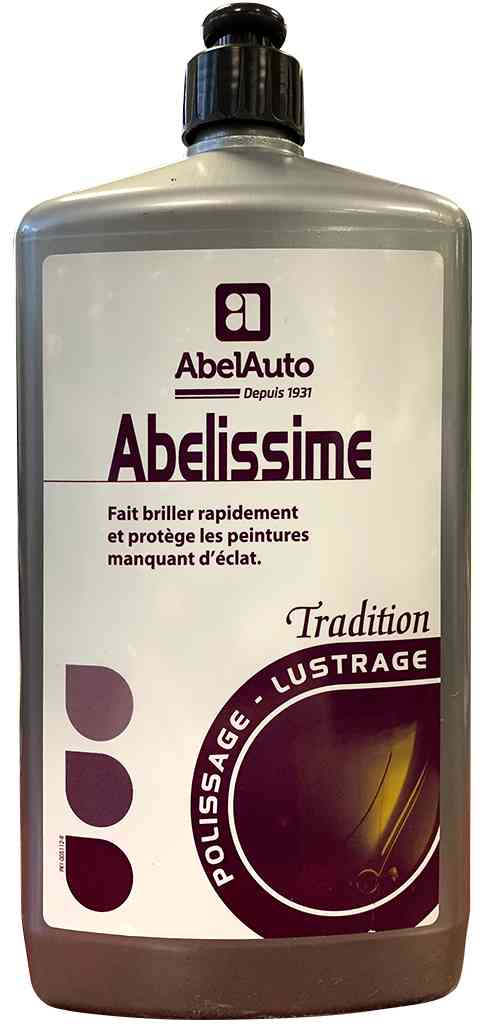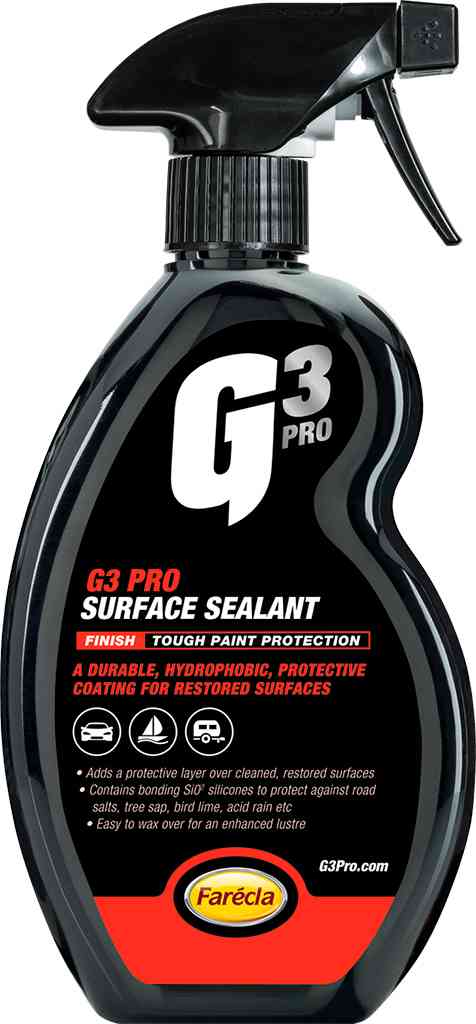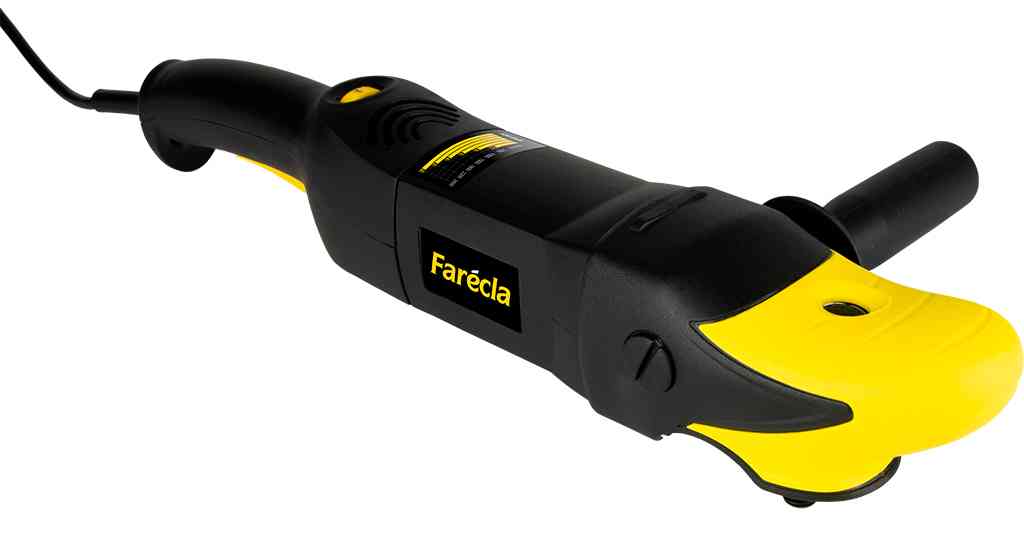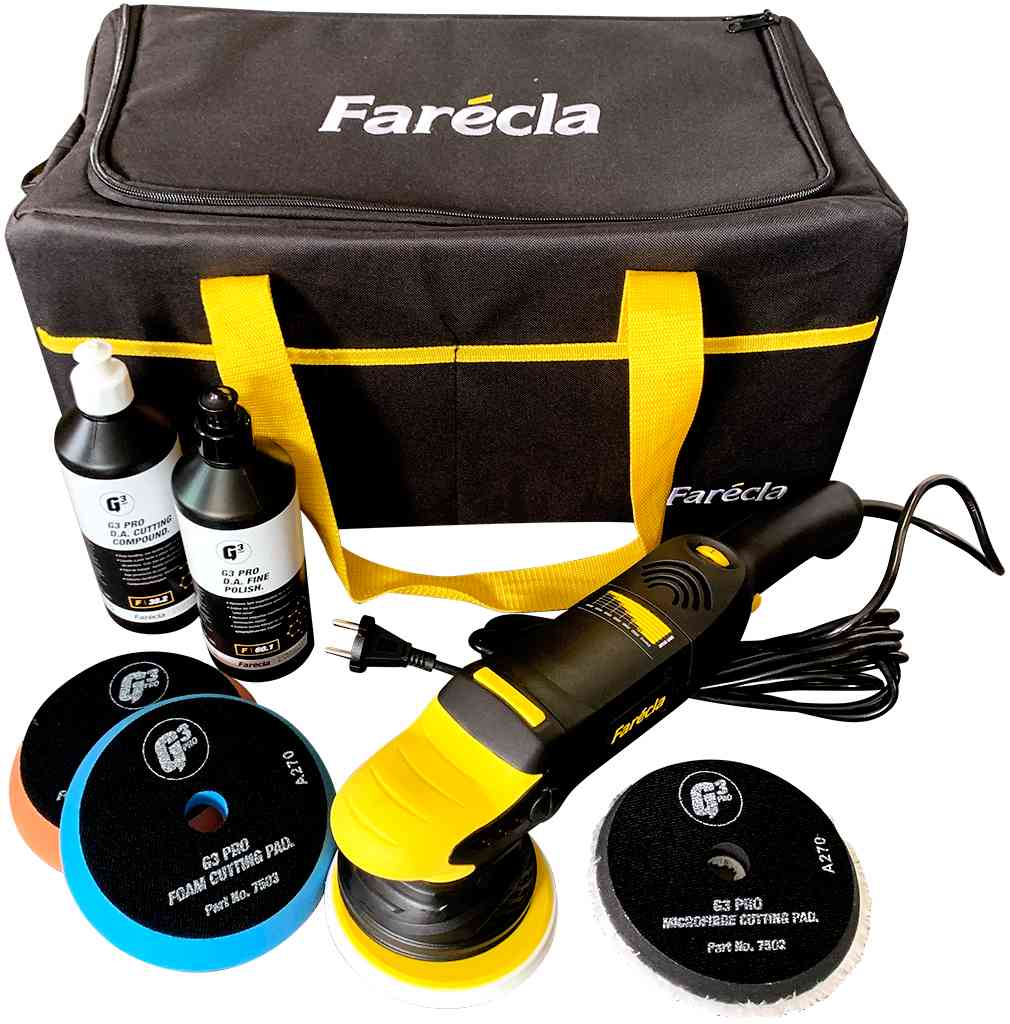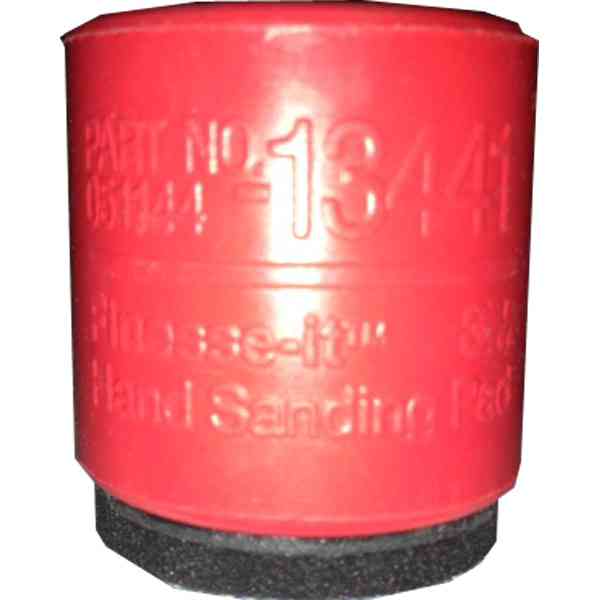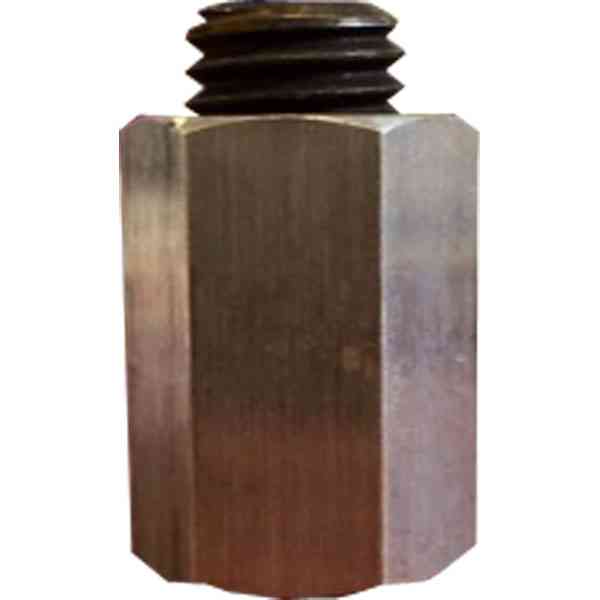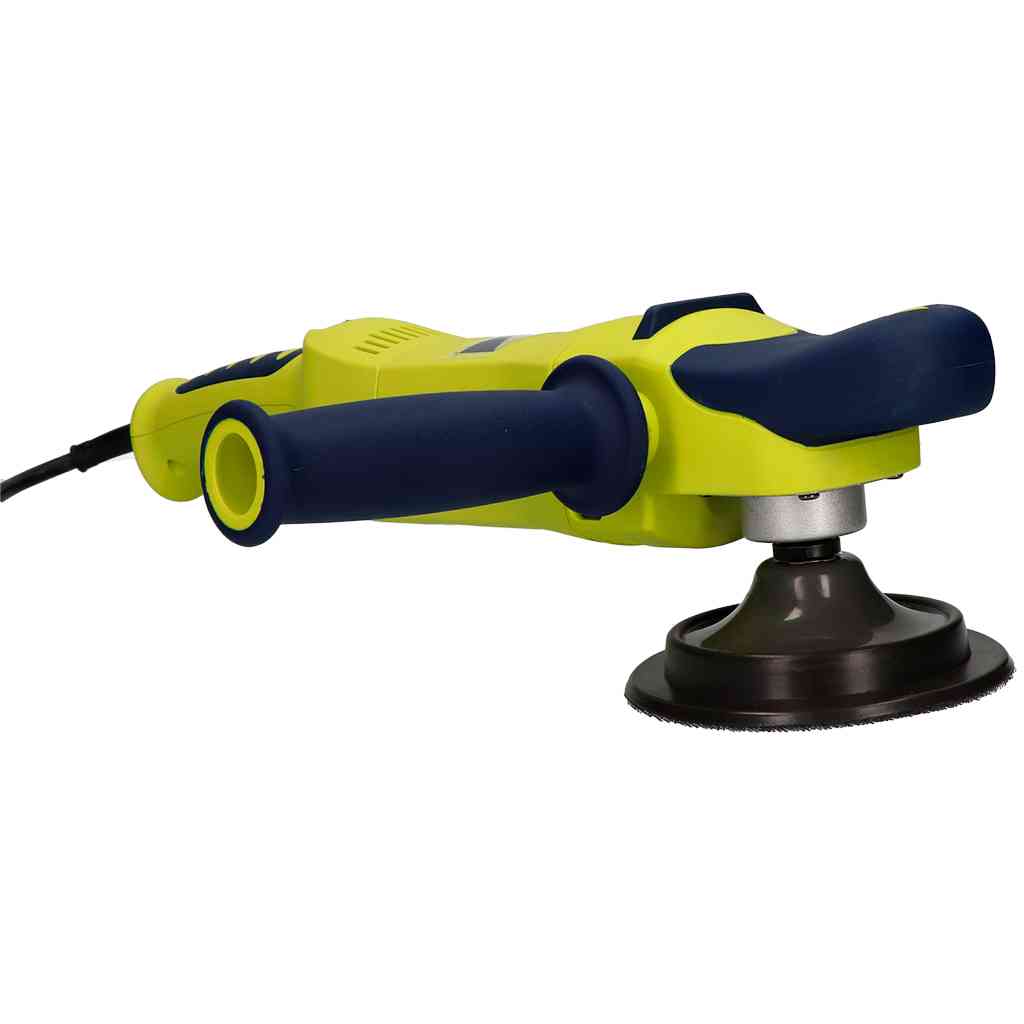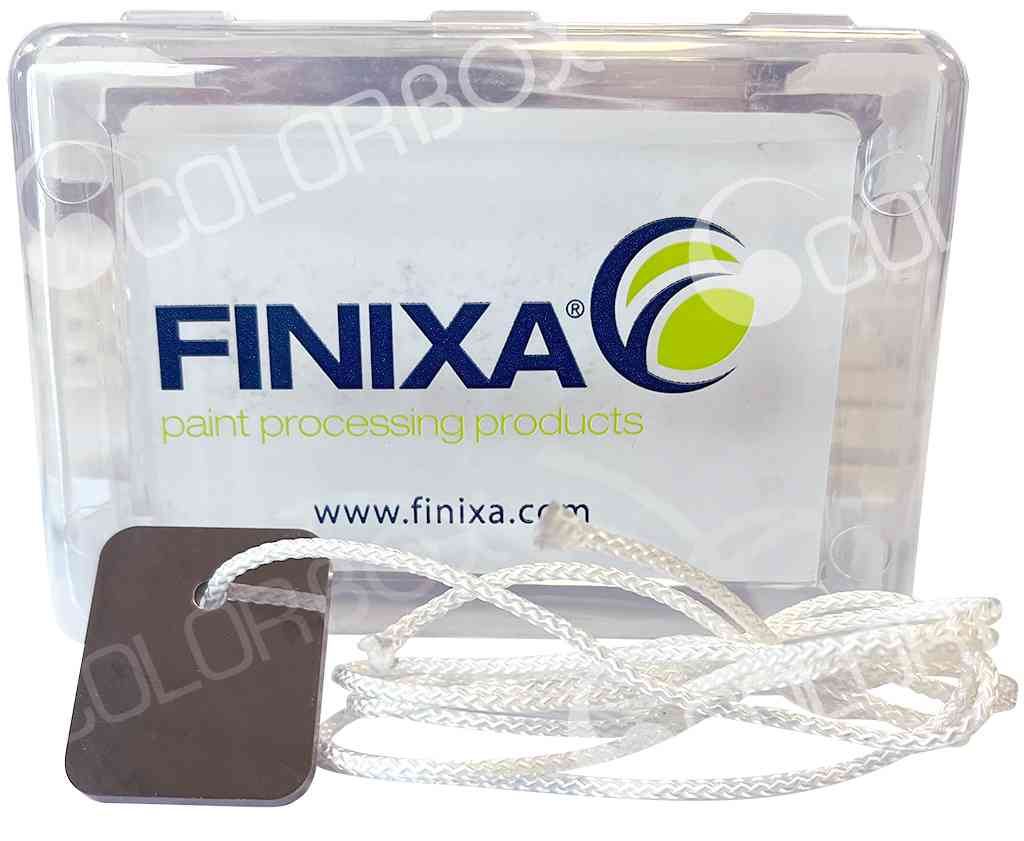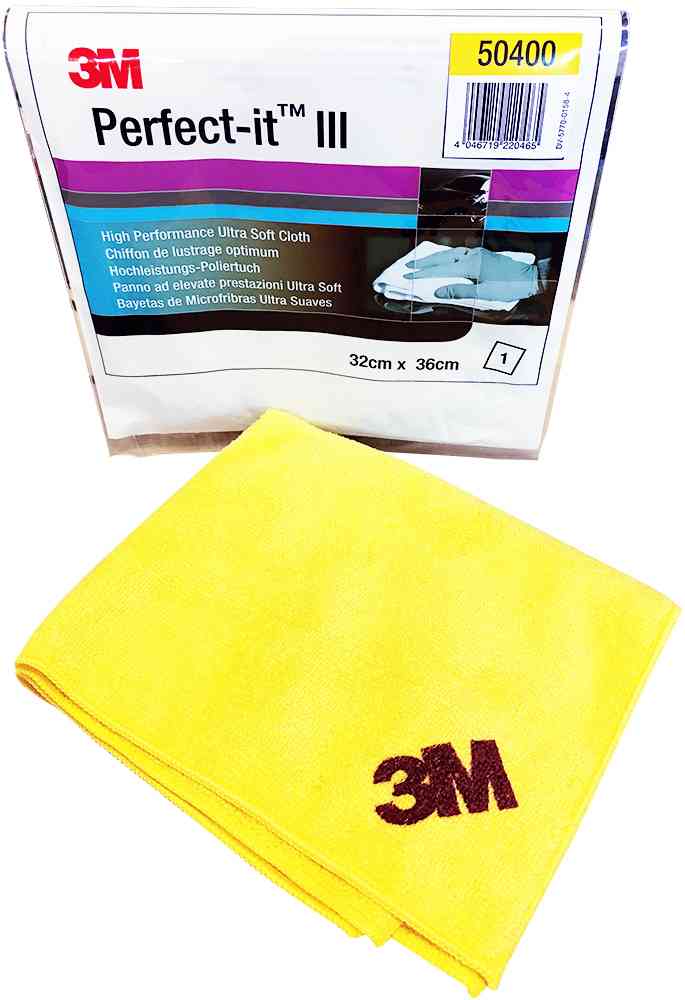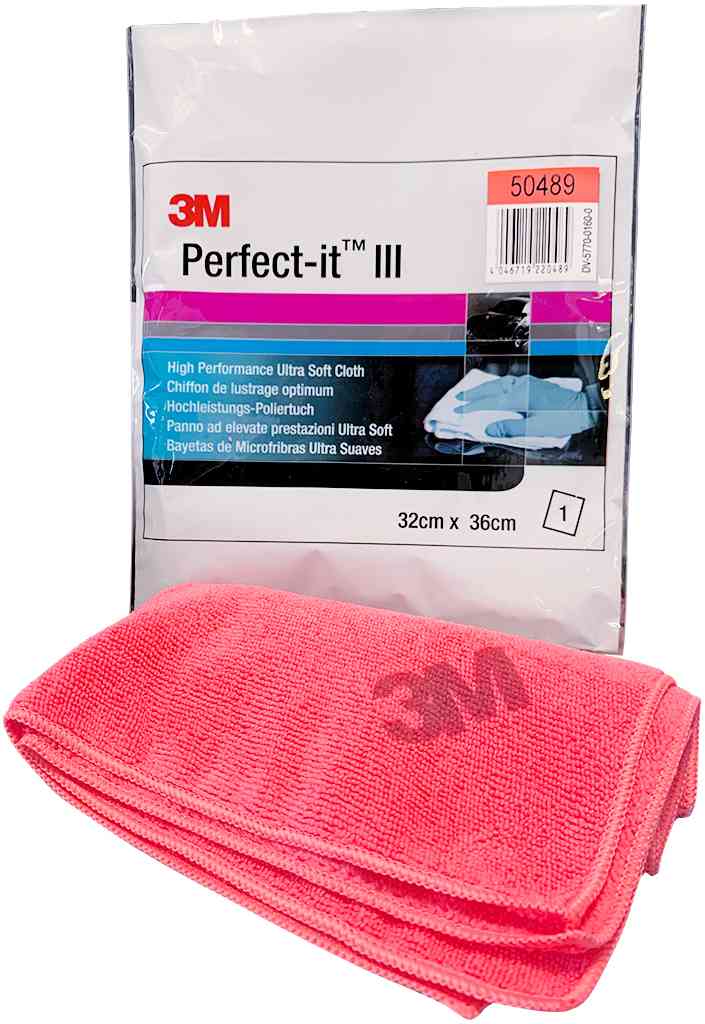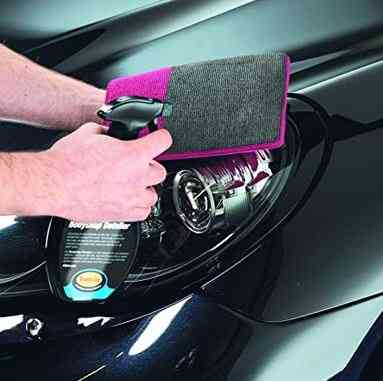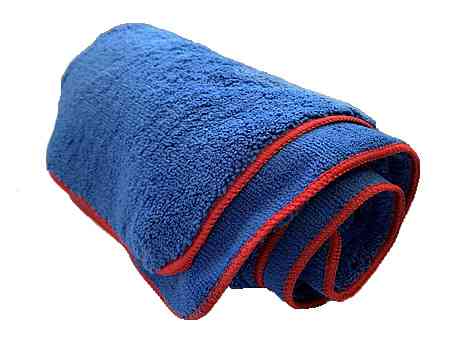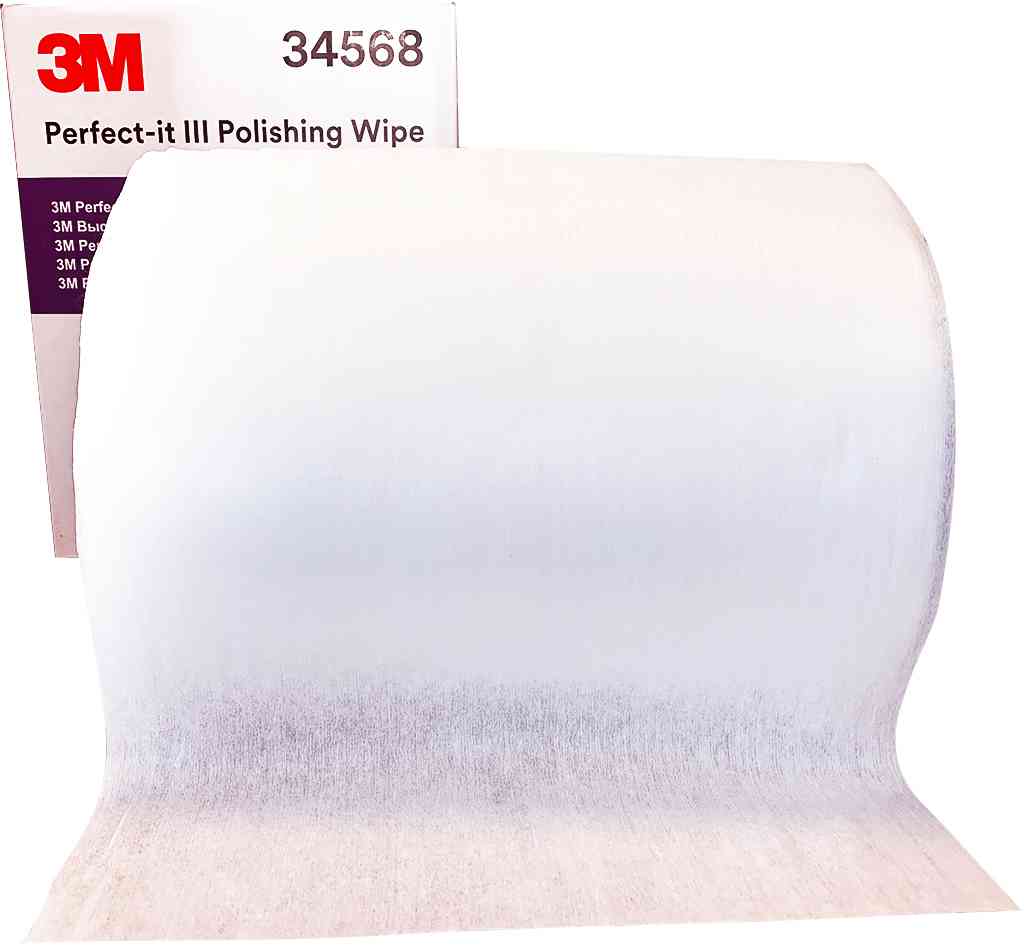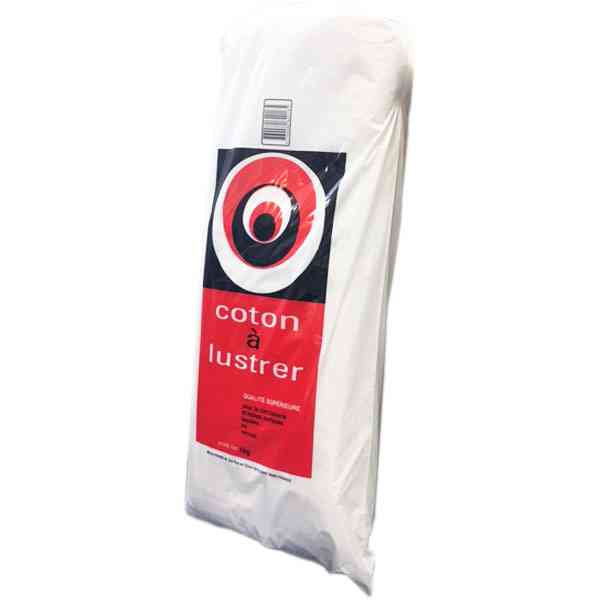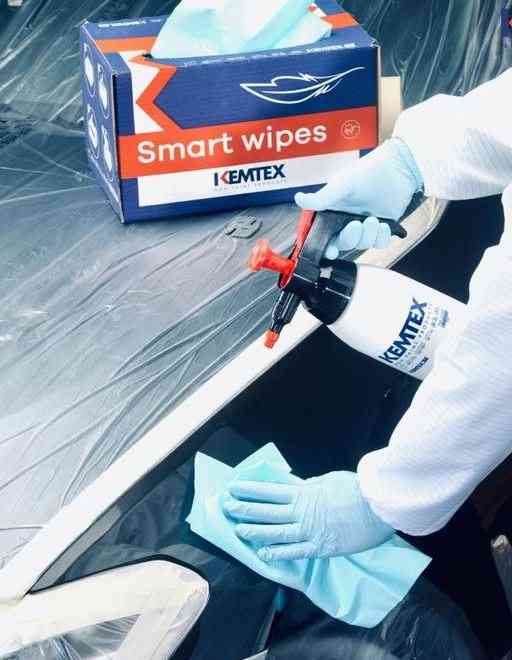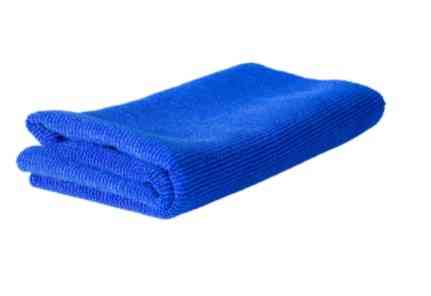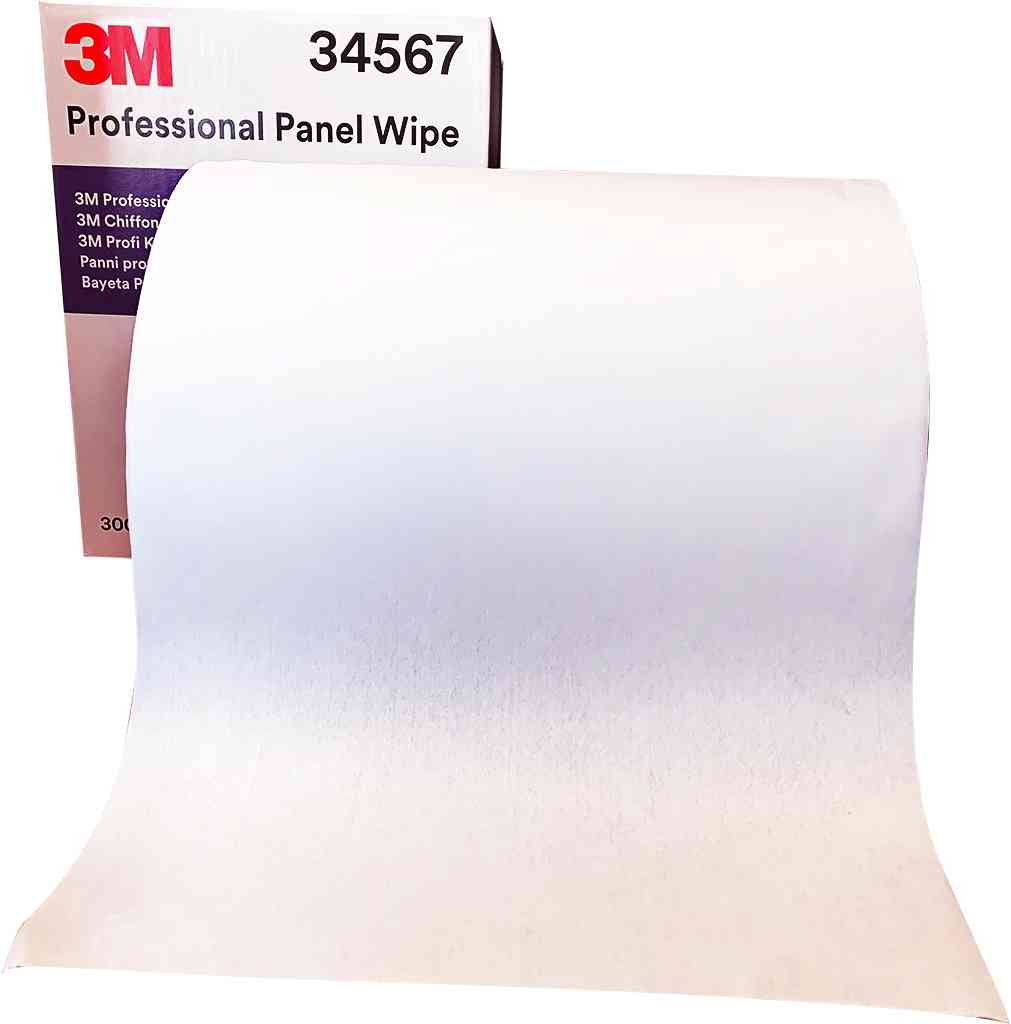
Finition - Detailing
Le liquide de lustrage est efficace pour le nettoyage , et le lissage des surfaces des carrosseries. Il donne à la voiture une apparence neuve , en améliorant son d’éclat. Pour bien appliquer le liquide de lustrage , il est conseillé d’utiliser une mousse de lustrage.
Lire la suite
En avez-vous
besoin ?
Le liquide de lustrage , c’est quoi ?
Le liquide de lustrage est généralement utilisé après le cirage de la voiture. Il doit être fait pour plusieurs fins :
- Rendre les défauts de la surface moins visibles.
- Masquer les rayures et les petites bosses.
- Renforcer la peinture après leur affaiblissement par les pluies acides.
- Donner un bel éclat à la carrosserie .
Toutefois , il faut savoir comment bien utiliser le liquide de lustrage , pour ne pas se retrouver avec des stries et une finition maladroite.
Qu’est ce qu’une mousse de lustrage ?
C’est quoi ?
Les mousses de lustrage sont utilisées dans l’étape de polissage carrosserie. Elles sont utilisées avec un produit liquide de lustrage. Généralement , les mousses s’emploient avec une machine qui fait tourner le tampon rapidement.
En effet , les mousses de lustrage sont indispensables. Les serviettes ne peuvent pas les remplacer. Par exemple , en appliquant une liquide de lustrage et en le frottant sur la surface de la carrosserie , le résultat risque d’être médiocre.
En effet , les mousses de lustrage sont indispensables. Les serviettes ne peuvent pas les remplacer. Par exemple , en appliquant une liquide de lustrage et en le frottant sur la surface de la carrosserie , le résultat risque d’être médiocre.
Comment utiliser une mousse de lustrage ?
Les mousses des lustrages sont une surface intermédiaire entre les professionnels et la voiture. Elles permettent de stocker le produit de lustrage , pour pouvoir les distribuer uniformément sur la voiture. Elles garantissent un polissage parfait.
Pourquoi utiliser une mousse de lustrage?
Pour voir l’importance des mousses de lustrages. Il existe un test facile à faire:
- D’abord , il suffit d'utiliser une serviette en papier pour frotter le produit de polissage sur une petite section de la carrosserie.
- Ensuite , il faut utiliser une mousse de lustrage avec le même produit dans une autre section à côté.
- Enfin , il est conseillé d’essuyer les deux avec une serviette en microfibre et de regarder la différence.
Guide de l'utilisation d’une mousse de lustrage
Ce guide concerne le polissage à la machine :
Etape 1 : Fixer la mousse de lustrage
Il faut commencer par fixer la mousse de lustrage sur la machine. La marque et le modèle de l’outil déterminent la manière de la fixation.
Dans la plupart des cas , il existe une plaque de support derrière la mousse de polissage. Elle peut être vissé dans l’outil , pour qu'il ne s’envole pas lors de l’allumage de la machine. Il faut vérifier le manuel de la polisseuse pour voir exactement comment il faut procéder.
D’autres outils utilisent des velcros pour fixer le tampon à la machine.
Dans la plupart des cas , il existe une plaque de support derrière la mousse de polissage. Elle peut être vissé dans l’outil , pour qu'il ne s’envole pas lors de l’allumage de la machine. Il faut vérifier le manuel de la polisseuse pour voir exactement comment il faut procéder.
D’autres outils utilisent des velcros pour fixer le tampon à la machine.
Etape 2 : Amorcer la mousse
L’amorçage de la mousse de lustrage garantit qu’elle sera prête pour commencer le travail.
Certains experts vont essorer et presser la mousse de lustrage avant de la mettre sur machine. Mais , il faut savoir comment le faire , car il y a un risque de la déchirer.
Certains experts vont essorer et presser la mousse de lustrage avant de la mettre sur machine. Mais , il faut savoir comment le faire , car il y a un risque de la déchirer.
Etape 3 : finir le prime
Pour cette étape , il faut utiliser ses doigts et étaler le liquide sur la mousse. L’objectif est de recouvrir complètement la face de la mousse de polissage avec le moins de produit possible. Il faut ajouter progressivement des petites gouttes.
Etape 4 : appliquer des gouttes finales sur la mousse
Il est conseillé d’appliquer trois gouttes. Chaque goutte doit avoir à peu près la taille d’un centime. Ces gouttes doivent être placées près du bord de la mousse de lustrage , puisqu'il s’agit de la première section qui s’appuie contre la surface de la carrosserie.
Étape 5 : sélectionner une section de la carrosserie
Avant de mettre la polisseuse sur la surface de la voiture n il faut choisir une section. De préférable , il faut commencer par une petite section , quand on est débutant. Cela permet de minimiser les dommages , pouvant être causés , suite à une fausse manipulation. Il s’agit également d’une occasion pour apprendre comment utiliser la polisseuse et la mousse de lustrage.
Etape 6 : Démarrer la machine
Pour cette étape , il faut prendre la machine et la tourner à son réglage de vitesse le plus pas. Ensuite , il faut qu'elle démarre. Cela répartit uniformément le produit sur l’outil et sur la surface de la voiture.
Etape 7: répartir le liquide dans toute la section désirée
Cette étape souligne l’importance de l’idée de la création des sections. Pendant que la machine fonctionne toujours sur le réglage de vitesse le plus pas , il faut la déplacer lentement autour de la section prédéfinie de la carrosserie.
Etape 8 : commencer le lustrage
Quand le liquide de lustrage commence à être distribué , il faut augmenter la vitesse de la machine. Idéalement , il est recommandé d’opter pour une vitesse moyenne ou élevée.
Lors de l’utilisation d’une polisseuse orbitale , il faut s’assurer de ne pas rester trop longtemps sur le même endroit. Cela risque d'entraîner une fonte de la couche de finition et d’endommager la carrosserie.
Colorbox propose des liquides ,et des mousses de lustrages de plusieurs marques reconnues à l’échelle internationale.
Pour plus d’informations , contactez notre équipe de professionnels.
Lors de l’utilisation d’une polisseuse orbitale , il faut s’assurer de ne pas rester trop longtemps sur le même endroit. Cela risque d'entraîner une fonte de la couche de finition et d’endommager la carrosserie.
Colorbox propose des liquides ,et des mousses de lustrages de plusieurs marques reconnues à l’échelle internationale.
Pour plus d’informations , contactez notre équipe de professionnels.










